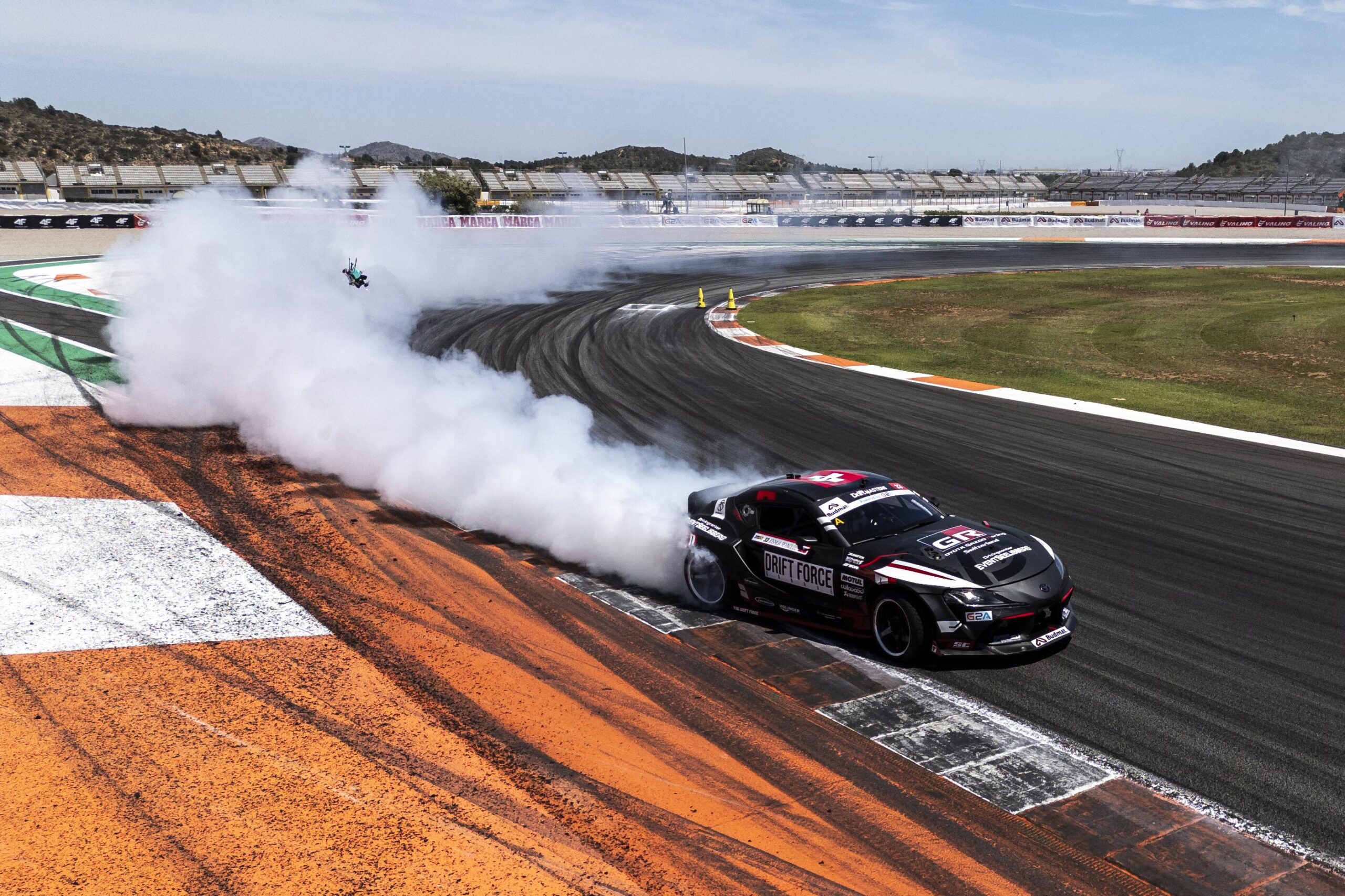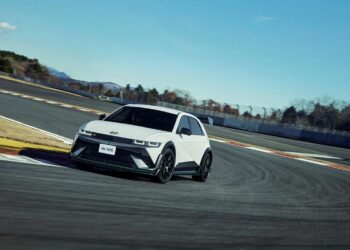Drifting is a motorsport that has captured the imagination of car enthusiasts around the world. While the basic principles of drifting are the same everywhere—controlling a car in a controlled slide through a series of corners—the way the sport is practiced and celebrated can vary widely from one region to another. This article explores the diverse drift cultures that have developed around the world, highlighting the unique characteristics and influences that shape the way people drift in different countries.
Japan: The Birthplace of Drifting
Japan is widely regarded as the birthplace of drifting, and the country’s drift culture has had a profound influence on the sport globally. The origins of drifting in Japan can be traced back to the winding mountain roads, or “touge,” where street racers would test their skills in high-speed, controlled slides. The sport quickly gained popularity, and it wasn’t long before organized drifting events, such as the D1 Grand Prix, were established.
Japanese drift culture is characterized by its emphasis on technical skill, precision, and style. Drifters in Japan are known for their ability to navigate complex courses with pinpoint accuracy, often coming within inches of barriers or other cars. The Japanese drift scene also places a strong emphasis on aesthetics, with drift cars often featuring aggressive body kits, wide fenders, and flashy liveries.
One of the unique aspects of Japanese drift culture is the close relationship between street drifting and professional competition. Many of Japan’s top drifters got their start on the streets, and the techniques and styles developed in the underground scene have had a significant impact on the sport at the highest levels. This connection between street and professional drifting has helped to create a rich and vibrant drift culture in Japan.
The United States: Drifting Goes Mainstream
Drifting was introduced to the United States in the early 2000s, and it quickly gained popularity among car enthusiasts. The sport’s growth in the U.S. was fueled by the success of events like Formula Drift, which brought organized drifting competitions to a mainstream audience. The American drift scene is characterized by its emphasis on speed, power, and showmanship.
One of the defining features of American drift culture is the use of high-horsepower cars, often powered by V8 engines. While Japanese drifters tend to favor smaller, turbocharged engines, American drifters often opt for larger displacement engines that produce more torque and power. This has led to a style of drifting that is more aggressive and often involves higher speeds and more smoke.
The American drift scene is also known for its focus on competition. Formula Drift is one of the most prestigious drift series in the world, attracting top talent from around the globe. The series has helped to raise the profile of drifting in the U.S. and has played a significant role in the sport’s global expansion.
Despite its competitive nature, grassroots drifting remains a vital part of the American drift culture. Local events and drift days provide an accessible entry point for new drifters, and the community-driven nature of these events has helped to foster a strong and supportive drift culture in the U.S.
Europe: A Diverse and Growing Scene
Drifting in Europe has grown rapidly over the past decade, with a diverse and dynamic drift scene emerging across the continent. European drift culture is characterized by its diversity, with different countries developing their own unique styles and approaches to the sport.
In the United Kingdom, for example, the drift scene has been heavily influenced by Japanese car culture, with many drifters favoring Japanese cars like the Nissan Silvia and Toyota Supra. The UK is known for its technical drift tracks and emphasis on precision driving. Events like Driftland in Scotland and Lydden Hill in England are popular venues that attract top talent from around the country.
In Eastern Europe, particularly in countries like Poland and Russia, the drift scene is known for its raw power and aggressive driving style. Drivers in these regions often favor high-horsepower builds, with V8 engines and turbocharged setups being common. The vast open spaces and harsh weather conditions in Eastern Europe have also influenced the development of the sport, with drivers often competing on challenging tracks that require both skill and bravery.
The Nordic countries have also made a significant contribution to the European drift scene, with Sweden and Finland producing some of the continent’s top drivers. The long winters and icy conditions in these countries have led to the development of a drifting style that emphasizes car control and adaptability. Events like Gatebil in Norway are famous for their high-energy atmosphere and attract drifters from across Europe.
The Middle East: A Blend of Tradition and Modernity
Drifting in the Middle East has grown rapidly in popularity over the past decade, with a unique drift culture emerging in the region. The Middle Eastern drift scene is characterized by its blend of tradition and modernity, with drifters drawing on the region’s rich automotive culture while embracing the latest trends and technologies.
The Middle East is known for its love of high-performance cars, and this is reflected in the region’s drift scene. Drifters in the Middle East often favor powerful cars with large displacement engines, and the emphasis is on speed, style, and precision. The region’s deserts and open spaces provide the perfect backdrop for drifting, and events like the Red Bull Car Park Drift have become major fixtures in the Middle Eastern motorsport calendar.
The Middle Eastern drift scene is also notable for its inclusivity, with events attracting participants from a wide range of backgrounds and cultures. This diversity has helped to create a vibrant and dynamic drift culture that is both unique and globally connected.
Drift cultures around the world are as diverse and dynamic as the sport itself. From the technical precision of Japan to the raw power of the United States, and from the diversity of Europe to the blend of tradition and modernity in the Middle East, each region has developed its own unique approach to drifting. These diverse drift cultures are a testament to the global appeal of the sport, and they continue to inspire and influence drifters around the world.










